Scientists from Tomsk Polytechnic University have obtained magnetic stem cells with low toxicity and enough stable for gene engineering applications.
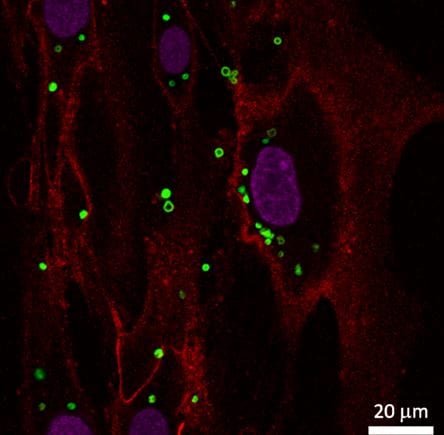

Scientists from Tomsk Polytechnic University have obtained magnetic stem cells with low toxicity and enough stable for gene engineering applications.
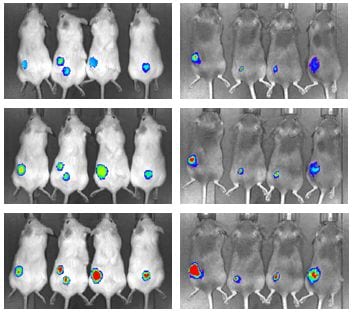
Silver nanoparticles are a more effective cancer treatment in immune competent mice.
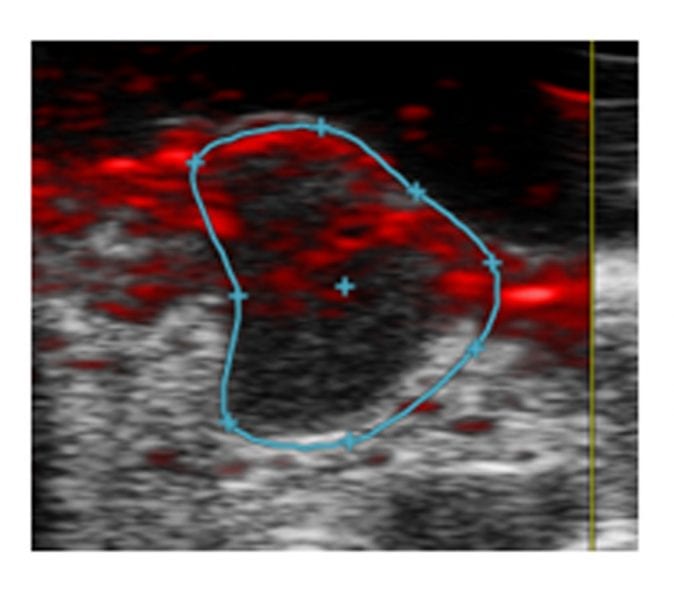
A novel melanin-based contrast agent may help assess the tumor vasculature after antiangiogenic treatment via Dynamic Contrast Enhanced Photoacoustic Imaging.
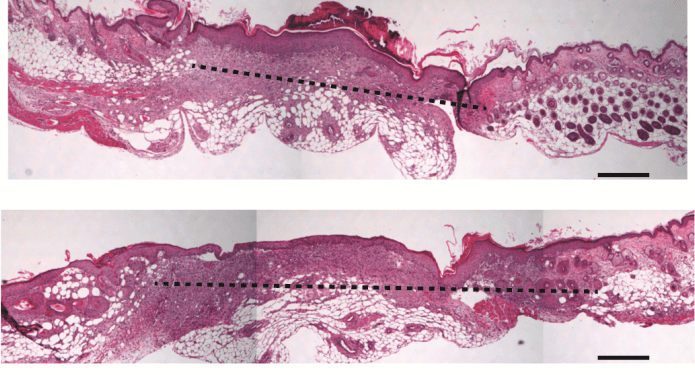
Researchers from the University of South Australia reveal how they use non-toxic porous silicon nanoparticles (pSi NPs) for the controlled release of FnAb to diabetic wounds.
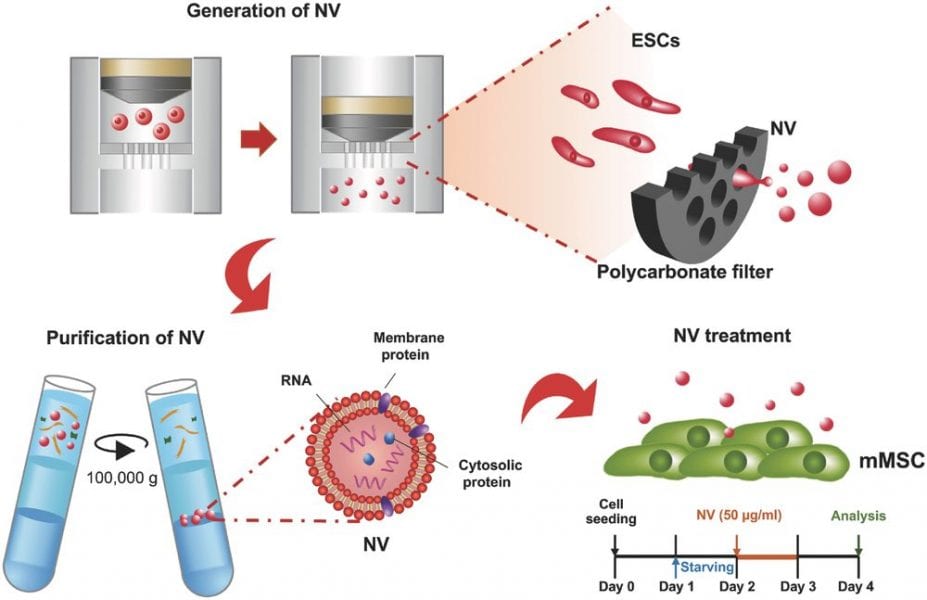
“Man-made” extracellular vesicle-mimetic nanovesicles developed with characteristics similar to those of extracellular vesicles.
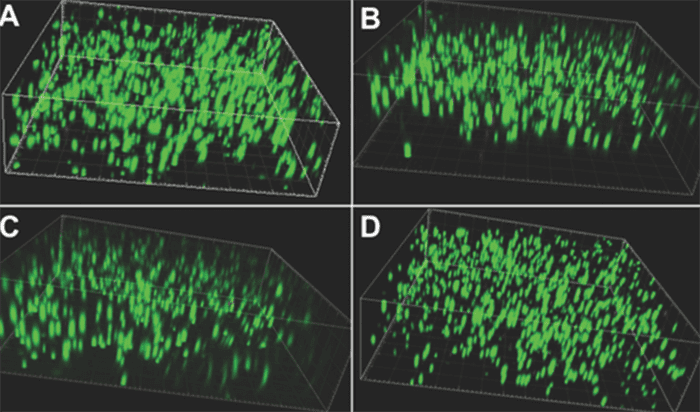
Researchers report the first example of a hydrogel for wound healing with both rapid self-healing ability and high mechanical strength.
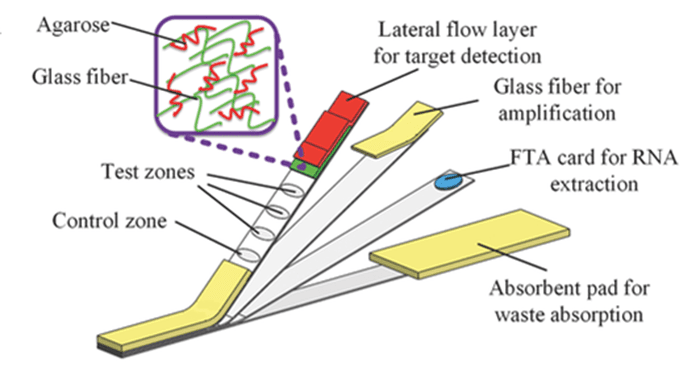
Paper-polymer hybrid material-based lateral flow assays are there to offer highly sensitive, semi-quantitative detection of dengue infection at the point-of-care.
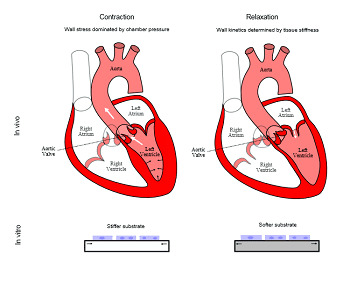
In the heart wall the pressure required to pump blood dominates the biomechanics of the contraction cycle of the heart.
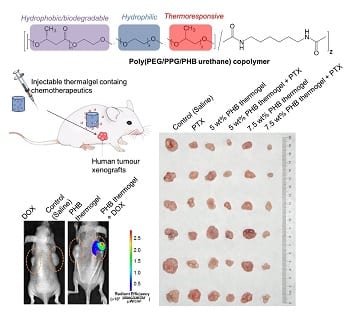
Recently, Dr. Wu and Dr. Loh have designed a biocompatible and injectable hydrogel based on thermogelling copolymer.
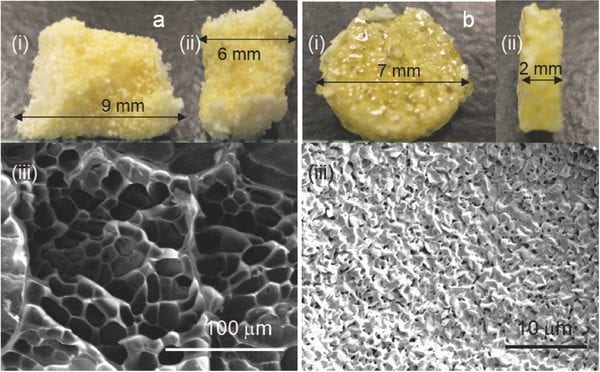
A long-term glaucoma treatment using drug-loaded double-polymer core-shell microspheres embedded in a porous removable carrier.